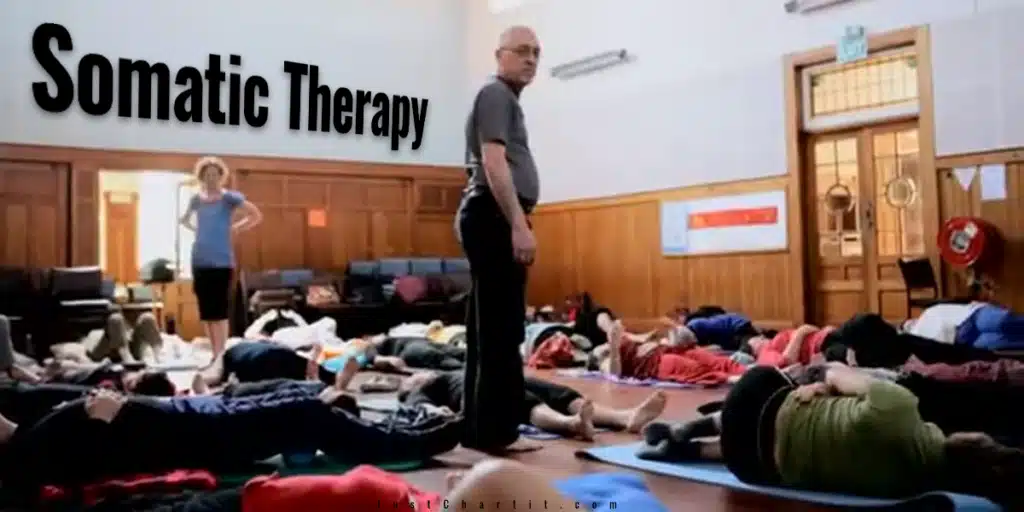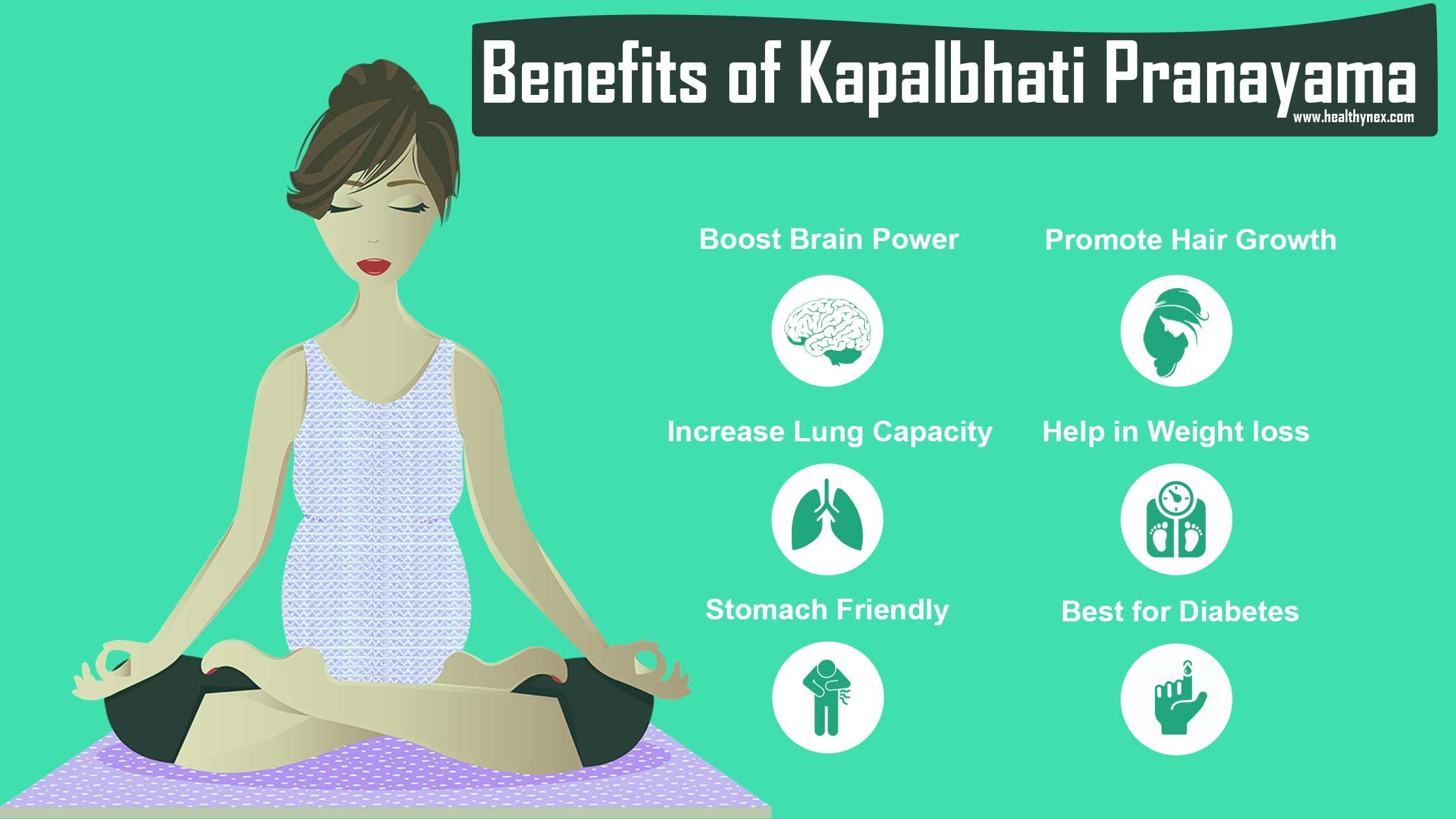Somatic Therapy is a holistic therapeutic approach that involves techniques to establish a good relationship between mind and body in the holistic healing process.
It’s the combination of psychotherapies, physical therapies, mind-body exercises, and other physical techniques that incorporate a person’s mind, body, spirit, and emotions.
The pent-up tension is released, negatively affecting physical and emotional wellbeing. Supporters of somatic Therapy believe that physical functioning is related to a person’s thoughts, attitudes, feelings, and beliefs.
At the same time, physical factors such as diet, exercise, and posture can affect a person’s mental and emotional state positively or negatively.
Thus, if you seek treatment for any mental health concerns, you may incorporate somatic Therapy into treatment to be beneficial.
Somatic Therapy is beneficial to your health in several ways. It helps fade off life’s negative experiences, inculcates self-importance, enhances confidence, promotes resilience, and increases hope.
Furthermore, it reduces strain, stress, and discomfort from life and whiffs in a new life spirit to help you live a lively life.

How does it Work
Somatic Therapy works to recognize and release the physical tension in the body after a traumatic event. Somatic Therapy works on the principle that the mind, body, spirit, and emotions are all related and connected.
Thus, emotional stress or a traumatic event affects the central nervous system, which eventually causes changes in the body and even in body language. This may result in altered facial expressions, defaulted postures, and physical pain.
Somatic Therapy works by making you aware of the mind-body connection. The Therapy uses specific interventions to make you out of the past bad experiences that have caused tension, anger, frustration, and other negative emotions.
Therapy’s main goal is to make you free from the stress and pain preventing you from fully engaging in your life. To make you gain positive, sessions are there to take you out of all the negatives.
The sessions involve tracking sensations throughout the body, which the aid of the patient experiences. Then various physical techniques are implied that work in collaboration with the form of somatic psychology used during the session.
Techniques such as dance, breathing, voice work, physical exercise, movement, healing touch, etc., are used to make somatic therapy work.
Types
Somatic Therapy has various types that range from ancient Eastern practices to recently developed Western techniques.
However, beneficial somatic types and therapies are found in nearly every culture. There is a list sampling the most common somatic types available these days!
- Massage
- Postural integration
- Sensory awareness
- Body-mind centering
- Dance
- Kinetic awareness
- Martial arts
- Ayurveda
- Yoga
- Polarity therapy
- Trigger point therapy
- Reiki
- Acupressure
- Somatic experiencing
- Meditation in movement
- Neuro-somatic Therapy
- Somatic gene therapy
Benefits
Try a somatic therapy massage if you are having a difficult time controlling the tension and discomfort of your muscles.
Your physical discomfort results from bad memories, emotions, and traumatic experiences that are repressed or forgotten consciously. Although they are forgotten, your subconsciousness has to deal with the negative impacts.
Somatic massage therapy is used to help you recover the physical loss such as physical discomfort, depression, anxiety, and problematic patterns your bad memory has caused.
As there is a direct relationship between brain and body, patients can learn how to become aware of their bodies. This will help them eliminate the stresses and depressed emotions.
There are a few somatic therapy massage benefits and techniques that you can learn and apply easily to help recover your physical loss.
Somatic Therapy for anxiety
Somatic Therapy is best if you are getting through a depressed phase and are up with anxiety. To overcome the situation, you can practice this somatic therapy exercise. It’s going to help you a lot.
- Stand in a grounded position
- Identify the stressed area
- Focus your intentions and breathe and contact that area by placing your hand on it
Stand in the grounded position for 30 seconds. Focus your intentions on the area where you felt the disturbance. Place your hand over it and relax for a minute. Experience what happened.
The most received review of this practice is that the constricted location starts to open up, and the anxiety dissipates. Do tell us what your experience is-You’ll feel the difference!
Somatic Therapy for depression
Somatic Therapy is also good for depression. A patient’s ANS returns to homeostasis with somatic psychotherapy, making the patient aware of the stressed situation.
This Therapy is quite useful if you want to relieve and treat your disturbing physical and mental situation that may result from past traumas.
Exercises
There are many somatic therapy exercises through which you can gain enormous benefits. To help you with the exercises, we have jotted down the two most essential somatic therapy exercises that would take a couple of minutes to be done.
Here you go with six and five-step somatic therapy exercises!
6 – Steps Exercise
1. Notice
Inhale and exhale deeply. Notice what you feel in and outside your body. The factors include the speed of Breath, heart rate, body temperature, etc.
2. Flashback to a calm moment
After noticing, flashback to a recent memory of yours at which you feel most calm, safe, and relaxed.
3. Identify the change
A time will come when your body begins to experience a change, preferably stress or a disturbance. At that point, you have to identify the time part of the body that experiences the change.
4. Replay
Now replay the steps from calm to stressed states in slow motion. In this intake, try identifying conversations, people, scenarios, behaviors, or objects that make you stressed, depressed, or uncomfortable during the replay mode.
5. Tune in
Tune in your body if you notice any shift in your state during the replay step and at that point, slow down to feel the change. Changes are occurring in the overall body temperature or a part of it, such as a sensation of tingling, tensing, warming, numbing, or cooling in your chest, arms, legs, etc.
6. Healing hands
If a shift occurs or a change in feeling occurs in the whole body, place your hand on your heart. But if it’s a specific area, place your hand on the part that has experienced a shift or change, and breathe deeply.
This five-minute exercise will allow the body to process the somatic experience, creating a passageway to release your tension.
5 – Steps Exercise
Heel Drops
Begin this exercise in a straight stand posture. Let your eyes de-focus so, in actuality; you are looking at anything.
Then, raise your body slowly onto your toes and let yourself drop back down to your heels.
Keep doing this toe-heels practice at a slow rhythm with an imagination that your entire weight drops down all at once through your heels. Please do it for one minute.
Shaking
Take a short pause and then set yourself back in the standing position.
Now, use your knees and create a gentle bouncing in your legs. Do it by slightly bending your knees and pushing them back in the straight standing position. This will create a soft shaking in your legs. Could you do it for one minute?
Wave Breathing
Now, stand still again and put your hands in a resting position on your thigh front.
At this moment, start noticing your Breath.
Then, you have to create an arch through your back. Make it done by this process:
- Inhale slowly.
- Reach your chin forwards.
- Glide your hips backward.
- Lean your upper body forwards.
You are done.
Now, pause for a moment, and come back into an upright position. Do it as Breath out slowly, let your head relax downwards, bring your tailbone gently under and forwards, and round your back. Position gained!
Bamboo Swaying
After taking these three steps, stand straight and allow yourself to move gently back and forth like bamboo in the wind for a minute. This rocking movement helps you discharge the built-up tension.
Checking in
Finally, stand still for a minute, and pay heed to any internal sensations that you might be able to notice in your body now. You will feel a bit more alive or with a kind of energy flow, or perhaps you feel connected to the ground differently than before.
This exercise is going to help you out. Just do it as it’s only a five-minute game.
Techniques
If your body is holding any tension, a somatic therapy practitioner helps you take it out from your body. The practitioner makes you aware of those stressed bodily sensations and helps you learn various therapeutic techniques.
The somatic therapy techniques include breathing exercises, sensational awareness, physical exercises like dance and other movements, grounding exercises, massage and voice works.
Down there, we have jotted a few somatic therapy techniques for you:
Recognizing bodily sensations
When you start your somatic Therapy, you’ll learn about your autonomic nervous system (ANS) and its parts that play an important role in a trauma response.
This will help you feel more comfortable in understanding the response if you’re the one who feels confused about the response during a traumatic event or if it leaves you with the belief that you have reacted differently. This is a process known as “recognizing bodily sensations.”
After giving you sound knowledge about it, your therapist will now increase your awareness of bodily sensations and physical symptoms.
Resourcing
To help you access your innate strength, a sense of peace, and resilience, a somatic therapist uses “resourcing.”
This tool draws a picture of positive memories such as a person, place, or something you love most to vanish your distressing feelings.
It’s like a grounding technique, helping you stay calm as you encounter the felt trauma sensations of the event again. This is what Therapy is about- making you overcome the stressed memories.
Titration
After resourcing, your somatic therapist will reencounter you with the trauma and related sensations in slow motion. This Therapy is called “Titration.”
It slowly rewinds the trauma condition to allow you to handle it easily. As you revisit the situation, your therapist eventually tracks your response and the bodily sensations the trauma brings up.
This is done by watching your response, which involves breathing changes, clenched hands, or a shift in voice tone. Feelings are also noticed that your therapist might not see but you have felt, such as:
- Hot and cold sensations
- A sense of weightiness, dizziness, or numbness
Pendulation
During a somatic therapy session, sensations and reflexes like crying, shaking, or shivering are signs of energy discharge- the break off of negative energy trapped in your body.
Your therapist helps you achieve that energy discharge with the aid of techniques like breathing and relaxation techniques. Among those techniques is Pendulation, which helps you process somatic Therapy to release the traumatic stress.
In Pendulation, you move from an aroused state to a calmer one with other resourcing techniques. These swings will take you back to your relaxed, calmer state, making you feel more natural and satisfied.
Somatic Therapy vs. EMDR
| FEATURES | SOMATIC THERAPY | EMDR |
| Definition | Therapy establishes the connection between mind, body, and behavior for holistic healing. | Eye Movement Desensitization and Reprocessing (EMDR) is a psychotherapy treatment designed to alleviate the stress associated with traumatic memories with a structured protocol treatment. |
| Working | It works by releasing the negative energy gathered in the body due to bad and emotional stress, which is released from the body with the aid of various exercises and techniques. | It works by using the patient’s own rapid, rhythmic eye movements. With eye moments, a practitioner dampens the power of emotionally charged memories that result from traumatic events. |
| Benefits | It releases physical stress and discomfort caused by bad and negative life experiences. | It releases stress, related emotions, beliefs, and sensational regulation of the nervous system associated with post-traumatic stress. |
| Techniques involved | Recognizing bodily sensations, Resourcing, Titration, Pendulation, and others. | No talk therapy or medication is used. Instead, eye movement therapy is used. |



